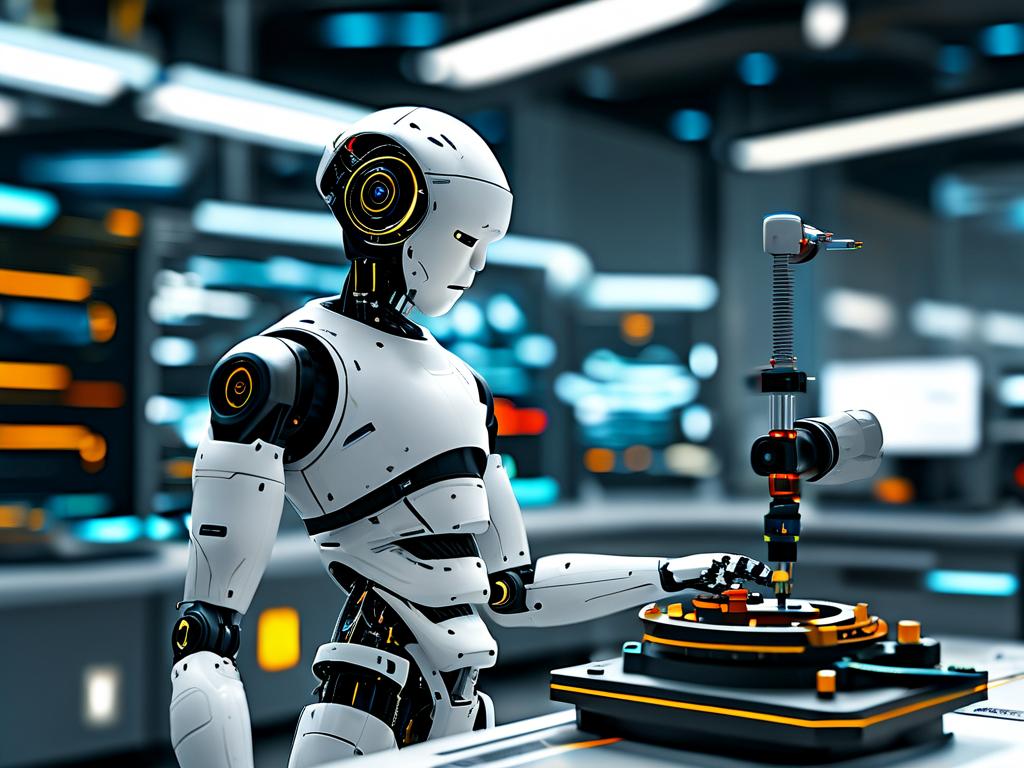The rapid evolution of robotics and automation has transformed industries worldwide, creating a surge in demand for professionals skilled in robot simulation technology. This niche field combines engineering, software development, and data analysis to design, test, and optimize robotic systems in virtual environments. As companies prioritize efficiency and safety, robot simulation expertise has become a critical asset, opening diverse career paths across sectors like manufacturing, healthcare, and logistics.

Understanding Robot Simulation Technology
Robot simulation involves creating digital models of robotic systems to predict their behavior in real-world scenarios. Tools like ROS (Robot Operating System), Gazebo, and MATLAB Simulink enable engineers to simulate tasks such as assembly line operations, autonomous navigation, or precision surgery without physical prototypes. This reduces costs, accelerates development cycles, and minimizes risks. For example, automotive manufacturers use simulation to test robotic arms for welding and painting, ensuring accuracy before deployment.
Employment Trends in the Field
The global robotics market, valued at $72.8 billion in 2023, is projected to grow at a CAGR of 15.5% through 2030, according to Grand View Research. This expansion fuels demand for simulation specialists. Job portals like LinkedIn and Indeed show a 40% year-over-year increase in postings for roles such as "Robotics Simulation Engineer" and "Automation Systems Designer." Employers seek candidates who can bridge hardware-software gaps, troubleshoot simulated workflows, and integrate AI-driven decision-making into robotic processes.
Key Skills for Aspiring Professionals
Technical proficiency is paramount. Mastery of programming languages like Python, C++, or ROS-specific frameworks is essential. Familiarity with CAD software (e.g., SolidWorks) and physics-based simulation tools (e.g., Unity3D for VR environments) enhances employability. Equally important are soft skills: problem-solving, cross-team collaboration, and the ability to translate simulation data into actionable insights. Certifications from platforms like Udacity’s Robotics Nanodegree or Coursera’s Autonomous Systems courses add credibility.
Industry Applications and Opportunities
- Manufacturing: Simulation experts optimize production lines, reducing downtime by 30% in factories using digital twin technology.
- Healthcare: Surgical robot simulations train surgeons and refine procedures, improving patient outcomes.
- Agriculture: Autonomous drones and harvesters are tested in virtual farms to enhance crop yield predictions.
- Logistics: Warehouse robots are simulated to streamline inventory management, addressing e-commerce demands.
Challenges and Future Outlook
Despite its promise, the field faces hurdles. High computational costs for complex simulations and the need for standardized testing protocols remain issues. However, advancements in cloud computing and machine learning are mitigating these barriers. Emerging areas like swarm robotics (coordinating multiple robots) and human-robot interaction simulations are expected to drive innovation. Professionals who stay updated on AI integration and ethical AI deployment will lead this transformative wave.
Preparing for a Career in Robot Simulation
Aspiring entrants should focus on hands-on projects. Building a portfolio with GitHub repositories of simulation models or contributing to open-source robotics projects demonstrates practical expertise. Networking through conferences like IEEE International Conference on Robotics and Automation (ICRA) or joining forums like ROS Discourse can provide mentorship opportunities. Additionally, internships at firms like Boston Dynamics or Siemens offer real-world exposure.
In , robot simulation technology is not just a tool—it’s a gateway to shaping the future of automation. With industries increasingly relying on virtual testing, professionals in this domain will play a pivotal role in driving innovation, making it one of the most promising and dynamic fields for career growth.


